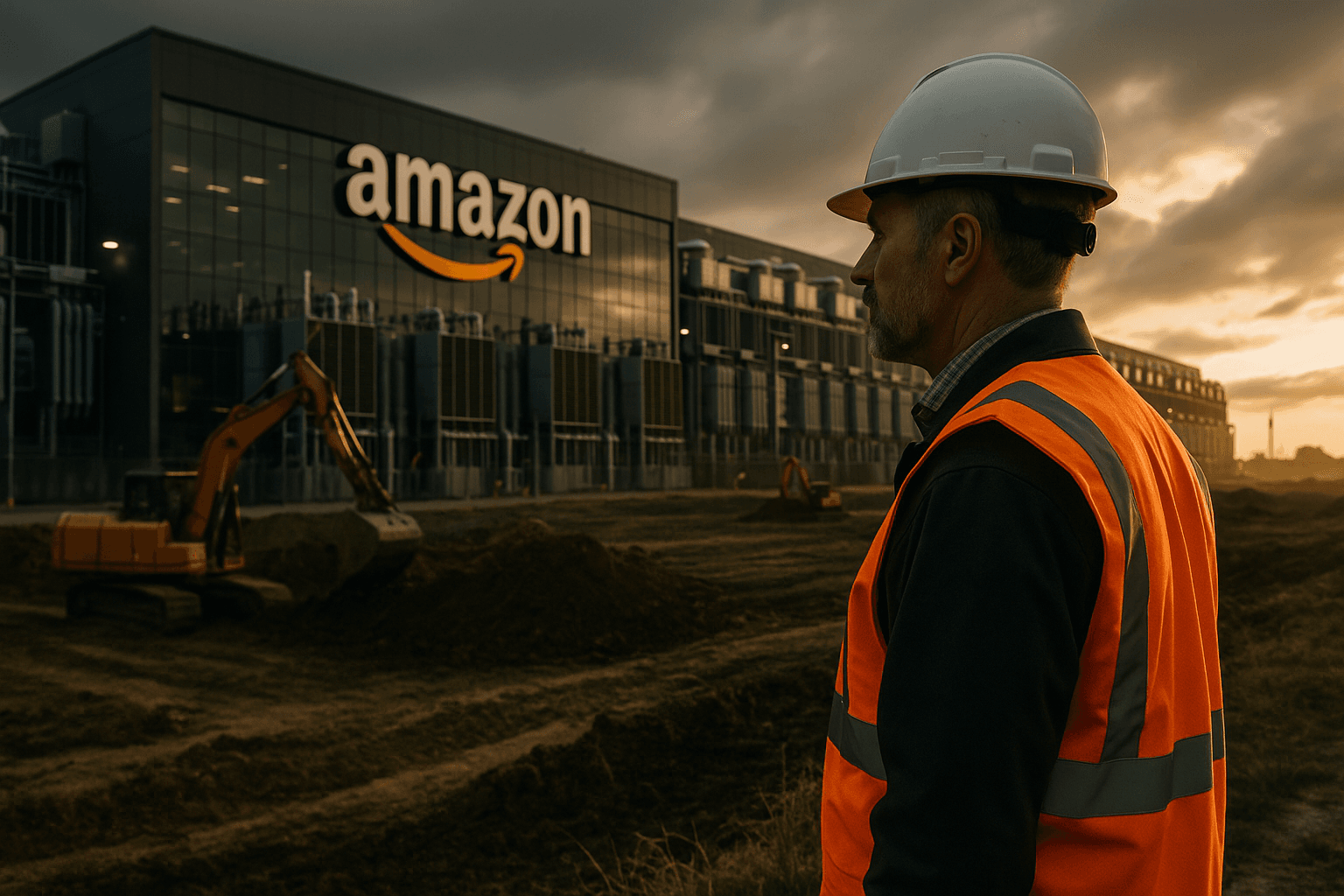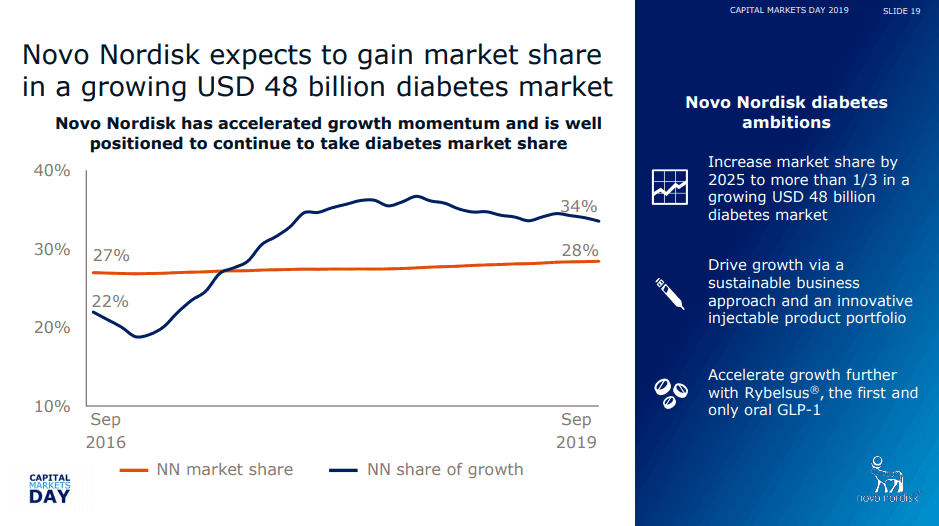Amazon to Invest Fifteen Billion in Northern Indiana Data Campuses
Amazon will invest about $15 billion in Northern Indiana to build multiple data center campuses, a move aimed at expanding cloud capacity to meet surging artificial intelligence demand. The project announced Nov. 25, 2025 adds to roughly $11 billion in prior investments in Indiana, increases regional capacity by about 2.4 gigawatts, and is expected to create roughly 1,100 jobs.

Amazon said it will invest about $15 billion to construct new data center campuses in Northern Indiana, stepping up a broader push by cloud providers to expand capacity for artificial intelligence workloads. The company announced the plan on Nov. 25, 2025, and said the buildout will raise regional data center capacity by approximately 2.4 gigawatts, add to roughly $11 billion in investments it has previously disclosed for the state, and is expected to support roughly 1,100 jobs.
The scale of the commitment places Amazon among the largest corporate investors in Indiana in recent years. Adding the new outlay to earlier announcements means the company will have disclosed about $26 billion in investment for the state in total. The capital intensity of the project underscores a central characteristic of AI driven infrastructure, where long lead times and heavy up front spending are required to add compute capacity even though permanent employment effects are relatively modest.
A key component of the deal addresses power and transmission. Amazon said the agreement with local utility NIPSCO will secure the electricity needed for the campuses, and the company will pay fees to use existing power lines and cover costs for any new power infrastructure required. Those arrangements mirror a growing pattern in which hyperscalers take on transmission and interconnection costs directly, shifting financial responsibility for upgrades away from ratepayers and accelerating timeline for new builds. The addition of 2.4 gigawatts of load will require significant coordination between the company, the utility and regulators given long lead times for transmission projects and the planning cycles of regional grid operators.
Economists and energy analysts say the expansion reflects longer term trends reshaping the cloud market. Heavy demand for generative AI and large scale enterprise computing has pushed major cloud providers to secure both compute capacity and dependable power supplies. The Indiana investment follows a wave of spending by hyperscalers across the Midwest and other regions with relatively lower land and cooling costs and access to grid capacity.

Local economic impacts will center on construction, equipment procurement and short term service jobs tied to the buildout. The estimate of roughly 1,100 new jobs likely refers primarily to permanent operating roles and on site personnel, while temporary construction employment during peak build phases could be substantially higher. Municipalities and state officials typically weigh these benefits against the cost of infrastructure expansion and potential environmental effects related to energy sourcing and water use.
For policymakers the announcement raises familiar questions about how to balance incentives, local tax revenues and grid reliability. The fact that Amazon will cover transmission upgrade costs could speed approvals and reduce direct ratepayer exposure, but it will not remove the need for regulatory oversight of interconnection timelines and land use permitting.
The Northern Indiana project highlights how capital flows in the era of AI are reshaping regional economies and energy systems. As hyperscalers continue to race to add capacity, states that can offer available land, transmission access and predictable regulatory processes are likely to capture a disproportionate share of future investment.


